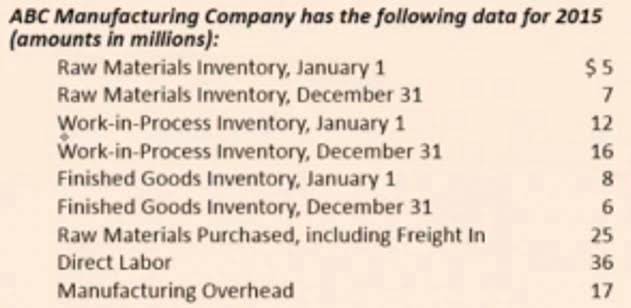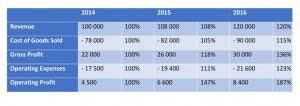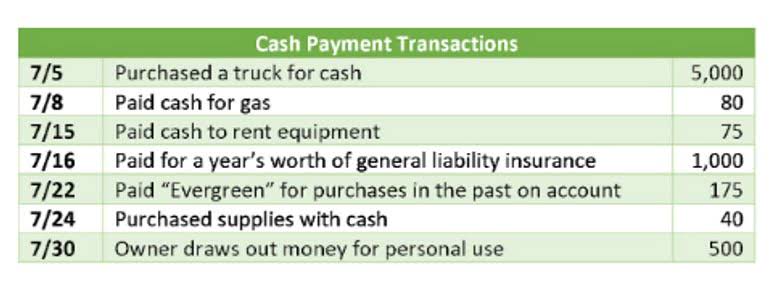
In summary, Bill.com integrations with major accounting platforms streamline critical financial operations for long-term efficiency and cost savings. The synchronized data and organized document storage enhances productivity, cash flow visibility, and informed decision making. Bill.com offers several easy payment options to help streamline your retail business’s accounts payable and accounts receivable workflows.

General A/P Features
- One key component of effective BRM is seamless integration with pricing and quoting tools like Salesforce CPQ.
- Anyone whose monthly benefit is adjusted, or who will get a retroactive payment, will receive a mailed notice from Social Security explaining the benefit change or retroactive payment.
- By integrating with QuickBooks, Bill.com keeps everything synced between your accounting system and Bill.com.
- Teams struggle to modify pricing, introduce new revenue models, or automate invoicing without heavy customizations.
Without a flexible BRM system, adapting to these shifts becomes a challenge, limiting bookkeeping both revenue growth and efficiency. So in summary, the Bill.com Customer Portal brings convenience, flexibility, transparency, and organization to the billing and payments process for customers. It’s an easy way for them to manage outstanding bills from you and make payments electronically. Bill.com allows you to automate bill entry through email or integrations with accounting software. Simply forward vendor bills to Bill.com or connect to your accounting software and new bills will be entered automatically with key details extracted. For businesses choosing to manage Bill.com independently, the platform offers a comprehensive suite of tools and resources to assist in the onboarding process.

Initial Account Configuration
- With Bill.com’s standard ACH ePayment option, it typically takes about 4 days after you submit an invoice for the funds to reach your bank account.
- Workflow collaboration is easy, and different payment methods, including domestic ACH payments, international wires, virtual cards, and paper checks, are available.
- Bill.com can be used as an add-on to your bookkeeping system or it can be used to separately manage your payables and receivables.
- It also enables seamless workflows for sending invoices to customers and approving bills for payment.
- Businesses can set spending limits, categorize expenses, and implement customizable approval workflows, ensuring that all expenses are tracked and managed efficiently.
- Subscription revenue increased by $81.9 million, or 73%, during fiscal 2022 as compared to fiscal 2021, primarily due to the increase in customers and average subscription revenue per customer due to increased users.
What’s more, as Bill.com provides you with various financial reporting tools, you can take advantage of Car Dealership Accounting its reporting features to make intelligent business decisions. Bill.com also uses artificial intelligence (AI) that keeps a watchful eye on your account activities and alerts you with any error or any problem with your AP/AR status. It offers different ways to pay bills and accept payments from your customers. The Fit Small Business mission is to deliver the best answers to people’s small business questions. Hence, we spend hours researching and testing so that we develop editorial reviews that can help our audience. For this article, we used a rubric that scored software against a set of criteria that we expect to see in an accounts payable platform.
Integration with Accounting Software

Because all payments go through a user’s Bill.com account, bank account and routing numbers are not exposed. The platform also employs firewalls and intrusion-detection devices to prevent unauthorized access to servers. By using Bill.com, you remove the need for physical checks, which in itself eliminates the possibility of check fraud.

That implies the official forecaster may hesitate to assume greater state investment in these schemes will pay for itself through higher employment and tax revenues, and result in net savings in public expenditure. Around 93% of incapacity benefit claimants are not in work and the same is true of 80% of how does bill com work PIP claimants. Official decisions not to award PIP and incapacity benefit to claimants are still often challenged and around two-thirds are ultimately decided in the challenger’s favour at an independent tribunal.
